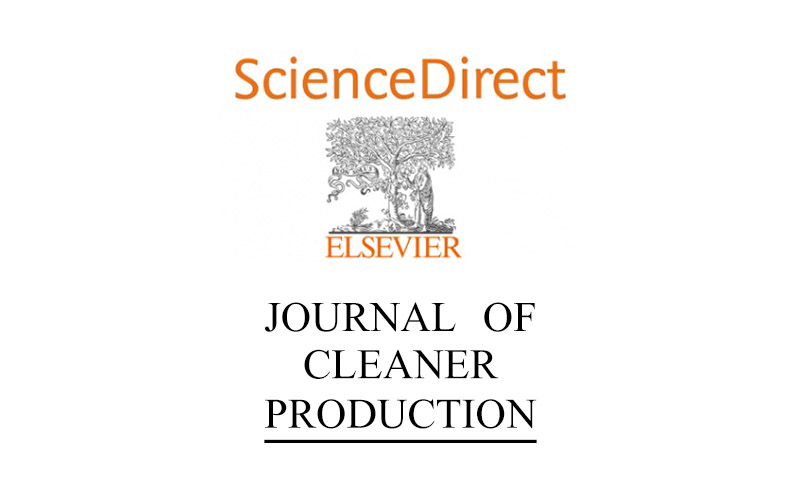
Energy use of Jatropha oil extraction wastes:
Pellets from biochar and Jatropha shell blends
ELSEVIER Journal of Cleaner Production vol. 215 pag. 1095-1102 January 2019
Authors: Valeria Ramirez ; Jaime Martí-Herrero ; Michelle Romero ; Daniel Rivadeneira
Abstract
The aim of this paper is to evaluate the use of biochar (SCB) produced through the pyrolysis of Jatropha seed cake in combination with Jatropha shell waste (JSh) to form pellet combustion fuel. Mixtures using different proportions of SCB and JSh (0, 25, 50, 75 and 100% each), were prepared, with each proportion tested using two particle sizes and two different quantities of water added. Combustion characteristics and mechanical durability were analyzed to identify the best blend, for which a thermogravimetric analysis was made. Pellets composed of 50% JSh and 50% SCB, with 25% of additional water and 4 mm particle size, presented the greatest mechanical durability (96.83%), and higher heating value (22.14 MJ kg−1). Combustion of pellets made with these characteristics in an industrial burner showed average temperatures ranging from 300 to 350 °C, with a maximum temperature of 460 °C. The production cost of the selected pellet is estimated at 0.11 USD kg−1, making the energy cost of the pellet [0.005 USD MJ−1] approximately 28% of the energy cost of LPG, demonstrating the commercial viability of the selected pellet as feasible.
Highlights
- •Jatropha seed oil extraction produces two residues: the shell and the seed cake.
- •Jatropha seed cake can be pyrolyzed, producing biochar as residue.
- •Blends of Jatropha shell and Jatropha seed cake biochar blends have been pelletized.
- •50% blend pellet reports the best mechanical durability and energy content.
- •The pellet has 0.11 USD kg−1 producing cost, being 72% cheaper (USD MJ−1) respect LPG.
































